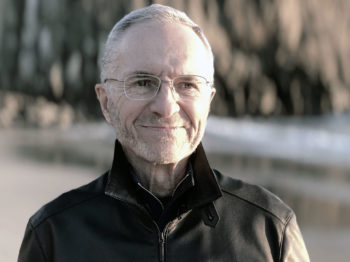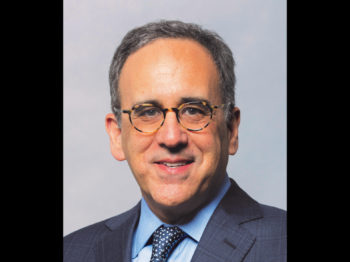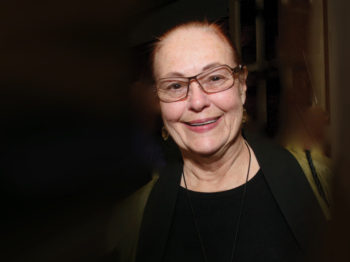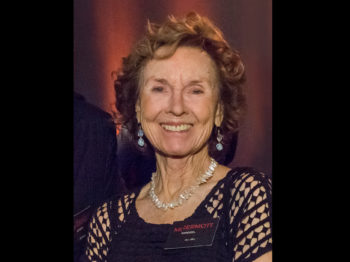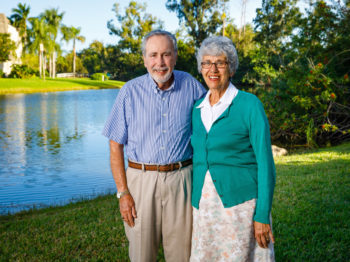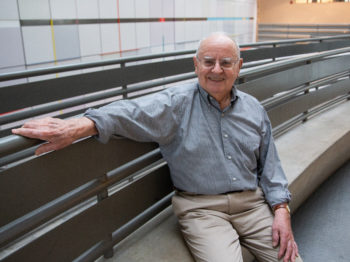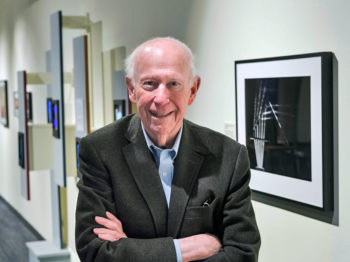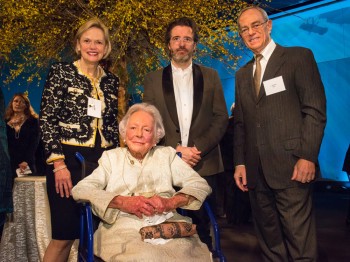
Amar and Deepika Sawhney
The Sawhney Family embodies the very best values of MIT: curiosity, exploration, and kindness. Amar and Deepika have raised their family to celebrate science in their everyday lives through education, work, and service. Intrigued by MIT’s openness to new ideas, innovation, and even criticism, Amar was motivated to engage with the Institute.
“I think that right now is one of the most seminal and impactful times in the history of the MIT Museum,” says Amar. “Due to these improvements, we are going to get so many new visitors. I would tell others, ‘Get involved now, as things are being shaped!’”


